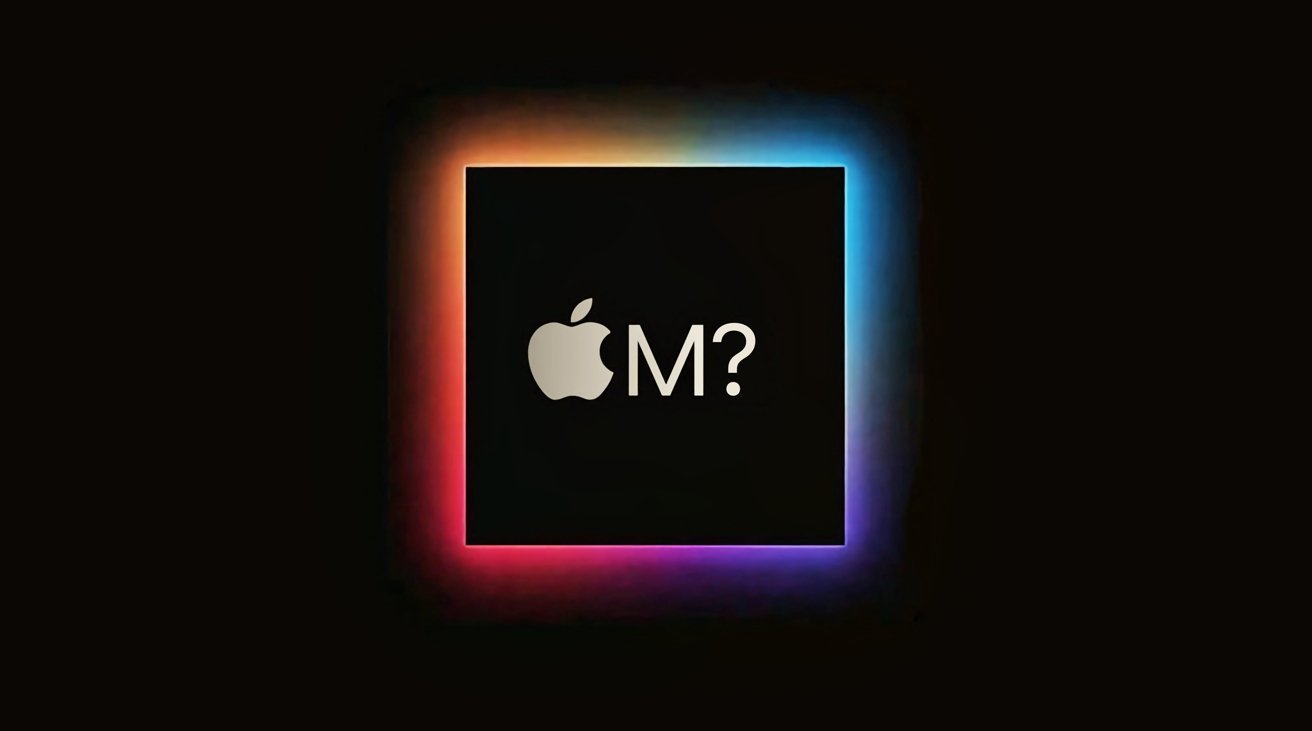Apple is unsurprisingly already working on A19 and M5 chips
Apple's chip design and production process has to work far in advance, and some sleuthing indicates it has reached the A19 and M5 chip generations.

Designing major products like the iPhone takes Apple a considerable amount of time, with years of effort going into the creation of each one. With such lead times between starting the process and Apple's product launch, it's no surprise that Apple is working on components intended for future iPhone and Mac generations.
An image shared by leaker @_orangera1n includes a list of CHIP tags, a number used to identify the model of chips employed in Apple's various products. CHIP tags are intended to ensure that incompatible firmwares are not installed onto the wrong hardware, among other tasks.
It appears that apple has started work on the A19 and M5 Pro/Max/Ultra SOCs
Also I wonder what 0x6033/0x6034 are pic.twitter.com/C8f5vcrlFv
While Orangera1n doesn't describe where the tags are sourced from, it seems that the list was generated by a script shared through The Apple Wiki that brute-force checks for Apple Chip IDs from the Tatsu Signing Server and notes responses that didn't return an error code.
CHIP ranges
The list of CHIP tags can be divided into two ranges, with half of the CPIDs starting 0x8 and the other half with 0x6. The 0x8 versions relate to the A-series chips, while the 0x6 are for the M-series of Apple Silicon.
For the 0x6 range, 6022 refers to the M2 Ultra, Apple's most powerful Apple Silicon chip, but there are 11 listings in the range beyond that point. Since the listings follow the pattern of ascending the same way as the M-series generations do, that means there are CPIDs going up to the M5 Max, which is CPID 0x6052.
Likewise, the A16 Bionic has code 0x8120, but there are six more listings beyond it. It's plausible that two of each could be used for each A-series generation, given the variation between Pro and non-Pro iPhone counterparts.
If so, that would mean the CPIDs infer that A17, A18, and A19 are on the books at Apple.
The existence of codes for chips that won't be released for years isn't entirely unexpected, since Apple has to perform various tests on the chips before incorporating them into its products.
As the codes don't offer details about the chip's specifications or features, the codes only reveal that unnamed chips exist and are being worked on by Apple.
Read on AppleInsider

Comments
I think it's possible there is a twist coming as a result of the failure of the 4x Max (4C "Extreme") approach. I've argued (maybe, certainly, kind of far-fetched, and feel free to disagree) elsewhere in the forums that a four-GPU variant of the Pro/Max (one-GPU/two-GPU) progression might be in the works, which would then be doubled using the same tech as the Ultra. So 6033 would be my "Max+" and 6034 would be my "Ultra+" ...
Another possibility is that 6033 and 6034 are about TSMC N3E. So M3 Pro and M3 Max, but via N3E instead of N3 ("N3B").
Another interesting question stems from the numbers for the A15 and M2 (8110 and 8112), so if 8120 is A16, then what is the 8122 listed there? M3? No, because if M3 is based on A17 (8130), then it would be 8132.
Now the new push is at even lower level moving to 3nm and others already working towards 2nm. For typical computer user these faster chips won't mean a thing for their phones and computers, but for future AI based products and tech that have to be run with little or no cooling on low power 2nm and 1 nm is needed. Those chip are destined to by used in car and other AI based systems.
With the lead times as they are, do you think Intel, AMD and Nvidia with their relative monopoly position in today’s market do you think their working all that hard on reducing the wattage and MHz in their designs or will they continue to crank it up, and conversely Apple, at some point has to have a target, for when their SOC‘s reach parity or exceeds the competition in GPU performance, and will that be with an M5, M6 SOC?
Also, the R1 co-processing soc by Apple is going to be fun, but probably not as fun as the R2 version.
EXACTLY. Which is why it's such lunacy when people claim that a new Apple product--the Mac Studio comes to mind as a recent example--is "a stopgap product" released because something else wasn't ready in time. "What's that Wally? The new Mac Pro isn't gonna be ready this year like we thought? Okay, we'll just throw together these spare parts we've had laying around, bang out a new enclosure for them, and get something called the Mac Studio out there in six months. It'll be a stopgap til the Mac Pro is done."
The Watch 7 was another infamous "stopgap product." As the rumors had it, Apple ran into problems on the production line with the supposedly new, flat-sided design of the Watch 7. So, last minute, with just a few months before launch, they quickly threw together a Watch 7 with the typical rounded edges and sold it as a stop gap product that year. PLEASE. And we've never heard about a flat-sided Watch ever again.